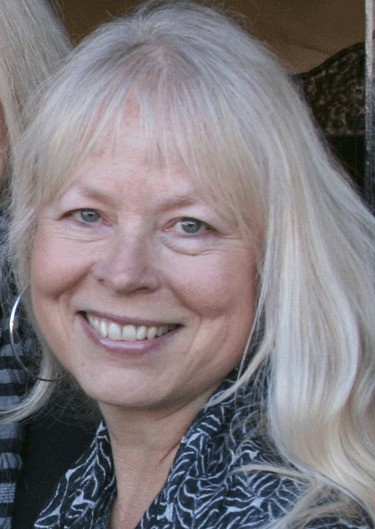Editor’s note: The guest column below in the fourth in a 4-part series by local professionals working in the field of domestic violence, published in October by The Journal of the San Juan Islands and SanJuanJournal.com in recognition of Domestic Violence Awareness Month
By Anita Castle
It’s estimated that 3.3 to 10 million children in the United States annually are exposed to domestic violence in their homes.
This environmental hurricane creates behavioral, emotional and psychological problems in adolescence and adulthood. Despite what parents think, children are aware when domestic violence occurs in their homes.
There is substantial sociological and psychological research that documents the harmful effects on children of exposure to violence irrespective of direct victimization. Recent studies have confirmed the impact of domestic violence on infant brain development. Infants who are exposed to domestic violence demonstrate marked changes in their brains and nervous systems, resulting in sleep disturbance and delayed emotional development.
Other studies have shown the prevalence of future therapeutic issues in response to witnessing domestic violence, particularly post-traumatic stress disorder, which continues through adolescence into adulthood. Children who witness domestic violence may suffer severe emotional and development problems similar to those suffered by children who are the direct victims of child abuse, neglect, and sexual abuse.
Common themes in the homes of these children are criticism, belittlement, anger, intimidation and ridicule, sooner or later leading to physical abuse. Many adults who grew up in this type of dysfunctional home acknowledge their fear of the world around them. They feel depressed, anxious and usually self-medicate to alleviate painful emotions.
As adolescents, these adults report they felt shameful, guilty and would flee their environment as much as possible. They would isolate or join up with other dysfunctional and broken peers. Others felt ultra-responsible and afraid of leaving their parent alone for fear of coming back to a suicide or more violence.
This is not an uncommon role for a child living in an abusive home. These children are burdened with picking up the pieces after the storm and being the shoulder for a parent to cry on.
As one adult describes his childhood, “The biggest issue for me as a child was not knowing why or understanding why? Everyone around me was always yelling, screaming and hurting each other. I’m always afraid. Afraid of everyone and everything around me. I hate being scared all the time and want to isolate. My past haunts me and I’m scared of people and the world around me.”
As the director and therapist for Domestic Violence Sexual Assault Services of the San Juan Islands, I hear many stories first hand like the above.
I mostly see the “adult children.” I use this term because many of these people are stuck emotionally as little children or teens and their struggles are huge.
Nevertheless, many of those who seek our services are courageous, intelligent and genuinely want to change their lives. DVSAS’ Family Options can help.
This Child Abuse Prevention program was created to help those emotionally injured adults be better parents for their children. Its primary objective is to stop the intergenerational pattern of emotional and abusive behavior that characterizes a dysfunctional and high conflict family. It’s specifically targeted at those who indeed want to break the cycle of abuse.
Adults who grew up in violent homes tell us that having just one trusted person to confide in made a big difference to them as children, even if that person could not end the abuse in their families.
Here are some suggestions for talking with a child who has been exposed to family violence:
• Listen carefully to both what the child is saying and the emotions he or she is expressing. Validate the child’s feelings and his or her desire to express them. Accept what the child is telling you and express your concern calmly without shock or dismay.
• Reassure the child that the abuse is not his or her fault.
• Children from violent homes often experience divided loyalties, loving and resenting both parents. Acknowledge these feelings and reassure the child that this is normal for his or her situation. Try not to pass judgment.
• Help the child prepare a safety plan. Help the child create a list of people he or she can talk to, safe places to go in and near the child’s home, and make sure he or she knows how to call 911.
• Remember that children are expected to keep secret the abuse that is occurring in their homes and that they are putting themselves at risk by telling their story. Every action you take should be considered in light of its potential to jeopardize the safety of the child and his or her family.
• Finally, do not promise to keep the abuse secret, because you may find you need to break that promise. Do not tell anyone else without first explaining your actions to the child. It took courage for the child to speak to you, and breaking the child’s trust will undermine the child’s willingness to communicate with you and others.
As community members we have a choice. We can ignore the impact of domestic violence on children and leave children to fend for themselves or we can commit ourselves to providing the resources necessary to assist these children to live less traumatic and more productive lives.
And don’t forget the “adult children.” They may negatively impact our community as well, for example by driving under the influence of alcohol or drugs, or engaging in acts of domestic violence themselves.
Please join us and take advantage of our resources to end domestic violence in the San Juan Islands.
— Anita Castle is director of Domestic Violence Sexual Assault Services of the San Juan Islands.




